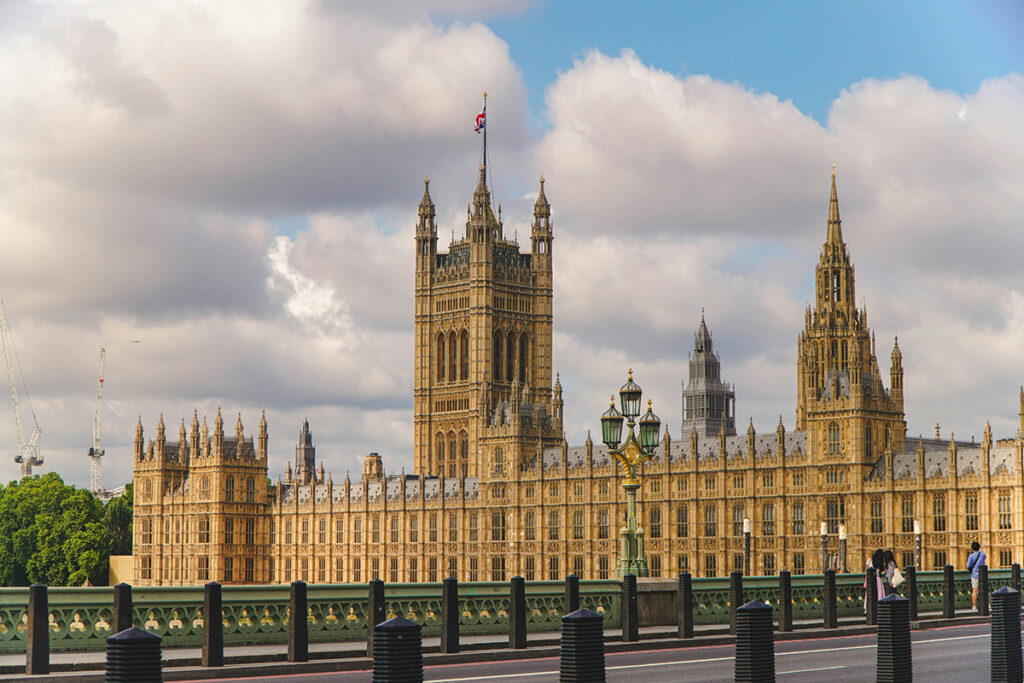The Fed is happy to see strong payroll gains and moderating wage growth in the June jobs report. Payroll gains of 372,000 and the unemployment rate remaining at 3.6% is simply a great jobs report. But the cherry on top is that nominal earnings are leveling off, easing fears of a wage-price spiral as inflation is at a 40-year high.
Recouping COVID job losses within “spitting distance”
The three-month moving average of employment gains is around 370,000 – that is far from a recession. These gains occurred despite the Federal Reserve hiking interest rates aggressively. The “job deficit” shrunk further from its pre-COVID level – and now stands at 524,000. The June job gains were far above analyst expectations; the US economy is within “spitting distance” of recouping the COVID recession job losses.
Every private industry gained jobs in June
Gains were broad-based across every private industry, with professional and business services leading the way, adding 74,000 jobs. Leisure and hospitality added 67,000 and healthcare 57,000. Transportation and warehousing remains a powerhouse – growing by 36,000, and now 759,000 jobs above its pre-pandemic level. Retail bounced back with a 15,000 job gain. Only government jobs shrunk in June (down 9,000).
Shift from goods to services may be materializing in jobs
An interesting macro-level tidbit: services-providing employment held steady with solid gains, while goods-producing employment is trending downward (yet still positive). The consumption shift from goods to services may be materializing in employment trends. Goods-producing jobs have risen far above pre-pandemic levels, while services jobs still have over half a million jobs to recoup.
Job seeker participation took a step back
Labor force participation measures deteriorated in June, although the overall trend is still one of job seekers returning. The prime-age employment-to-population ratio and the labor force participation rate both slipped down, to 82.3% and 79.8%, respectively.
The labor force (the pool of hireable workers) shrunk by 353,000. The unemployment rate remained unchanged at 3.6%, nearly a 50-year low. And a broader measure of the unemployment rate, which includes discouraged workers and those wanting full-time work, dropped 0.4 percentage points, down to 6.7% – the lowest level since 2000.
Many potential job seekers remain on the sidelines: the number who say they want a job but aren’t actively looking rose to 5.7 million, which is trending down but still up from 5.0 million before the pandemic.
No signs of a wage-price spiral: Wage growth continues to cool
Average hourly earnings were up 5.1% year-over-year (not adjusted for inflation), which is again down a smidge from the previous month. That is the third consecutive month of cooling, a reassuring sign for the Fed; record-high inflation isn’t feeding into a wage-price spiral.
Average hourly earnings for rank-and-file workers – production and nonsupervisory employees – were up 6.4% from a year ago. However, these are nominal gains – not adjusted for inflation – and consumer price inflation is near a 40-year high.
What does this mean for recruiters?
There is no sign of a recession in the June jobs report. Strong hiring trends conflict with other indicators (like the stock market and GDP) that suggest elevated recession risks. The intensity of competition for workers remains strong, even as interest rate hikes continue at a brisk pace. The continued cooling of wage growth is a favorable sign that the Fed’s goal of lowering inflation without triggering a recession is possible.
Bottom line: Aside from the decline in labor force participation – which may just be noise – this is a very strong jobs report. Hiring trends are very strong in the United States, even during a period where the Fed is aggressively hiking interest rates.







